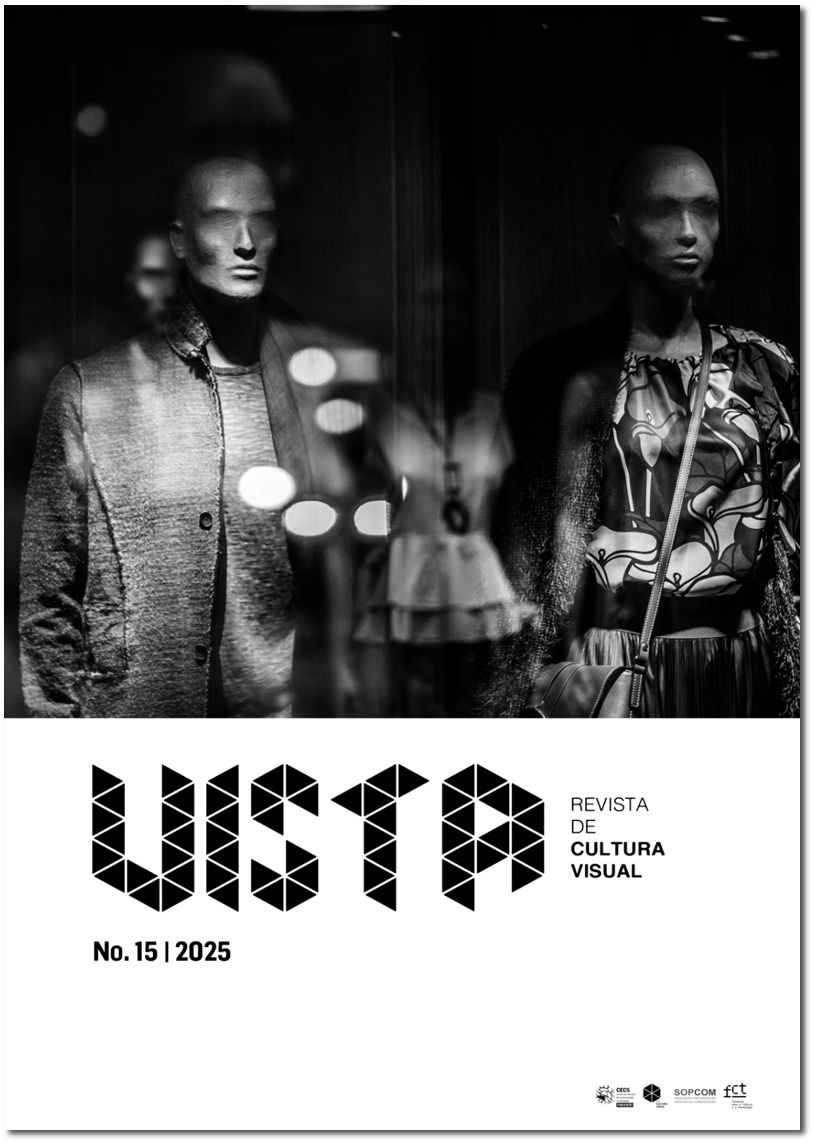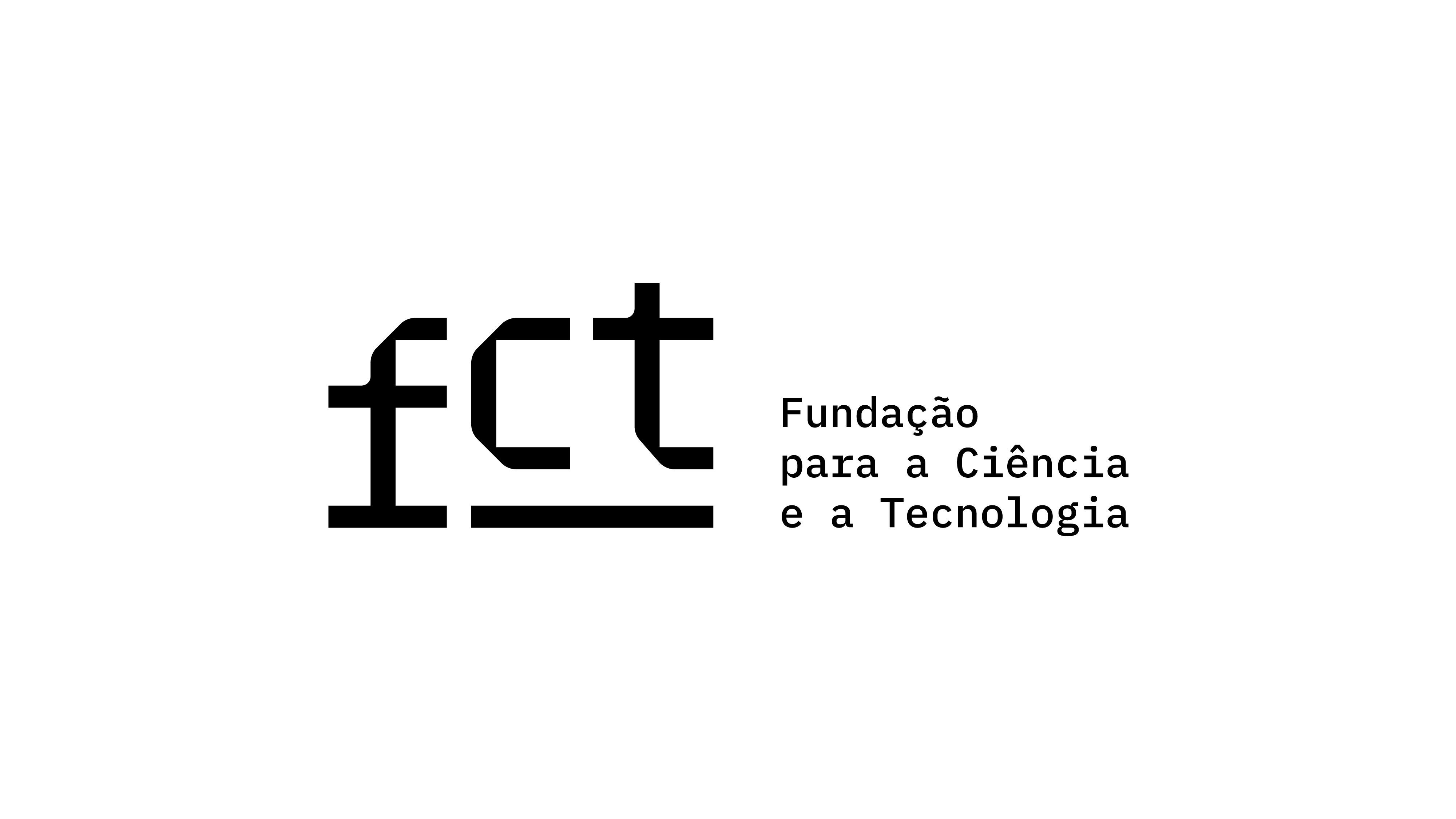The Clubber Community and the Role of Fashion in Belonging: A Comparative Analysis of the São Paulo and Rio de Janeiro Scenes
DOI:
https://doi.org/10.21814/vista.6271Keywords:
fashion, clubber, neo-tribalism, communication, urban cultureAbstract
This study aims to analyze the clubber scene and its relationship with fashion in the cities of São Paulo and Rio de Janeiro, using a comparative approach. The research seeks to understand the main events linked to the clubber culture in the Rio–São Paulo axis and investigate how its attendees relate to fashion and to the clubber identity itself, grounded in the concept of "neotribalism". The theoretical framework is based on the works of Maffesoli (1988/2000), Bourdieu (1991/2001), Thornton (1995), and Barthes (1967/1979), which help explain the symbolic, social, and aesthetic processes involved.
To achieve its goals, the study employed three methodological strategies: participant observation, in-depth interviews, and a survey. The analysis of the collected data reveals that fashion plays a fundamental role in shaping clubber identity, serving as both an aesthetic and social language. The clubber scene emerges as a space for experimentation, transgression, and constant reinvention. Furthermore, the research highlights how its signs and symbols are appropriated and redefined by the market, illustrating the dynamic of capitalist incorporation. In this way, the study sheds light on the complex relationship between style, belonging, and consumption within the contemporary context of urban cultures.
Downloads
References
Albiez, S. (2005). Post-soul futurama: African American cultural politics and early Detroit techno. European Journal of American Culture, 24(2), 131–152. https://doi.org/10.1386/ejac.24.2.131/1 DOI: https://doi.org/10.1386/ejac.24.2.131/1
Arvidsson, A. (2007). Creative class or administrative class? On advertising and the ‘underground’. ephemera: theory & politics in organization, 7(1), 8–23.
Barthes, R. (1979). Sistema da moda (L. de Mosca, Trad.). Editora Nacional; EDUSP. (Trabalho original publicado em 1967)
Bennett, A. (2011). The continuing importance of the ‘cultural’ in the study of youth. Youth Studies Australia, 30(3), 27–33.
Berlim, L. (2016). Transformações no campo da moda: Crítica ética e estética [Tese de doutoramento, Universidade Federal Rural do Rio de Janeiro].
Boni, V., & Quaresma, S. J. (2005). Aprendendo a entrevistar: Como fazer entrevistas em ciências sociais. Em Tese, 2(1), 68–80.
Bourdieu, P. (2001). O poder simbólico (F. Tomaz, Trad.). Bertrand Brasil. (Trabalho original publicado em 1991)
Braga, G. T. (2018). “O fervo e a luta”: Políticas do corpo e do prazer em festas de São Paulo e Berlim [Tese de doutoramento, Universidade de São Paulo]. Biblioteca Digital USP. https://doi.org/10.11606/T.8.2018.tde-01102018-115157 DOI: https://doi.org/10.11606/T.8.2018.tde-01102018-115157
Braun, V., & Clarke, V. (2006). Using thematic analysis in psychology. Qualitative Researchin Psychology, 3(2), 77–101. DOI: https://doi.org/10.1191/1478088706qp063oa
Calil, M. A. (2000). O retrato do Nation Disco Club: Os neodândis no final dos anos 80. In J. C. C. Magnani & L. de L. Torres (Eds.), Na metrópole: Textos de antropologia urbana (pp. 196–233). Edusp.
Castro, F. F. de. (2016). O neotribalismo e outras socializações pós-modernas. interFACES, 25(2), 82–99.
Freire, M. M. (2012). Da aparência à essência: A abordagem hermenêutico-fenomenológica como orientação qualitativa de pesquisa. In Educação, pesquisa e prática docente em diferentes contextos (pp. 181–199). Life Editora.
Freitas, H., Oliveira, M., Saccol, A. Z., & Moscarola, J. (2000). O método de pesquisa survey. Revista de Administração da Universidade de São Paulo, 35(3), 105–112.
Guerra, P., & Figueredo, H. G. (2020). Prosopografias clubbers em São Paulo e Londres: Moda, estilo, estética e cenas musicais contemporâneas. Revista Tomo, (37), 215–252. https://doi.org/10.21669/tomo.vi37.13382 DOI: https://doi.org/10.21669/tomo.vi37.13382
Hebdige, D. (2018). Subcultura: O significado do estilo (P. Guerra & P. Quintela, Trads.). Maldoror. (Trabalho original publicado em 1979)
Huq, R. (2006). Beyond subculture: Pop, youth and identity in a postcolonial world. Routledge. DOI: https://doi.org/10.4324/9780203491393
Lima, M. (2013). Ravers, trancers e clubbers: Valores e comportamentos [Dissertação de mestrado, Universidade de Minho]. RepositóriUM. https://hdl.handle.net/1822/29256
Lorenz, N. (2014). The power of PLUR: EDMC as a reflection of a new generation [Bacharelado em artes, California Polytechnic State University].
Luthans, F., & Broad, J. (2022). Positive psychological capital to help combat the mental health fallout from the pandemic and VUCA environment. Organizational Dynamics, 51(2), 1–13. https://doi.org/10.1016/j.orgdyn.2020.100817 DOI: https://doi.org/10.1016/j.orgdyn.2020.100817
Maffesoli, M. (2000). O tempo das tribos: O declínio do individualismo nas sociedades de massa (M. de L. Menezes, Trad.). Forense Universitária. (Trabalho original publicado em 1988)
Marques, C. da S., & Rosa, R. (2016). Música e moda hip-hop: Consumo, resistência e formação identitária de sujeitos de periferia. Revista Eco-Pós, 19(3), 336–350. https://doi.org/10.29146/eco-pos.v19i3.1385
Melo, R. A. U. L. (2007). Banalização do consumo de ecstasy. Consequências para uma abordagem preventiva. Revista Toxicodependências, 13(1), 29–42.
Mónico, L., Alferes, V. R., Castro, P. A., & Pereira, P. (2017). A observação participante enquanto metodologia de investigação qualitativa. Investigação Qualitativa em Ciências Sociais, 3, 724–733.
Quintas Froufe, N., & Quintas Froufe, E. (2010). La dimensión comunicativa de la moda: Apuntes del caso español. ZER. Revista de Estudios de Comunicación, 15(28), 197–212. https://doi.org/10.1387/zer.2362
Sabóia, R. (2009). Periferia eletrônica: Clubbers e cybermanos na cidade de São Paulo. Eco-Pós, 6(2), 73–85. https://doi.org/10.29146/eco-pos.v6i2.1134
Santarelli, C. (2003). A moda tribal e seus aspectos comunicativos. ReMark-Revista Brasileira de Marketing, 2(1), 95–104. https://doi.org/10.5585/remark.v2i1.76 DOI: https://doi.org/10.5585/remark.v2i1.76
Santos, W. A. dos. (2019). A relação paradigmática entre individualidade e socialização: O entrelaçamento entre os conceitos de moda, modernidade e liberdade no pensamento de Georg Simmel. Caderno Eletrônico de Ciências Sociais, 7(1), 107–124.
Simmel, G. (2008). Filosofia da moda e outros escritos (A. Mourão, Trad.). Editora Texto e Grafia.
Thornton, S. (1995). Club cultures: Music, media, and subcultural capital. Wesleyan University Press.
Downloads
Published
How to Cite
Issue
Section
License
Copyright (c) 2025 Guilherme Pecly, Lilyan Berlim

This work is licensed under a Creative Commons Attribution 4.0 International License.
Authors own the copyright, providing the journal with the right of first publication. The work is licensed under a Creative Commons Attribution 4.0 International License.













